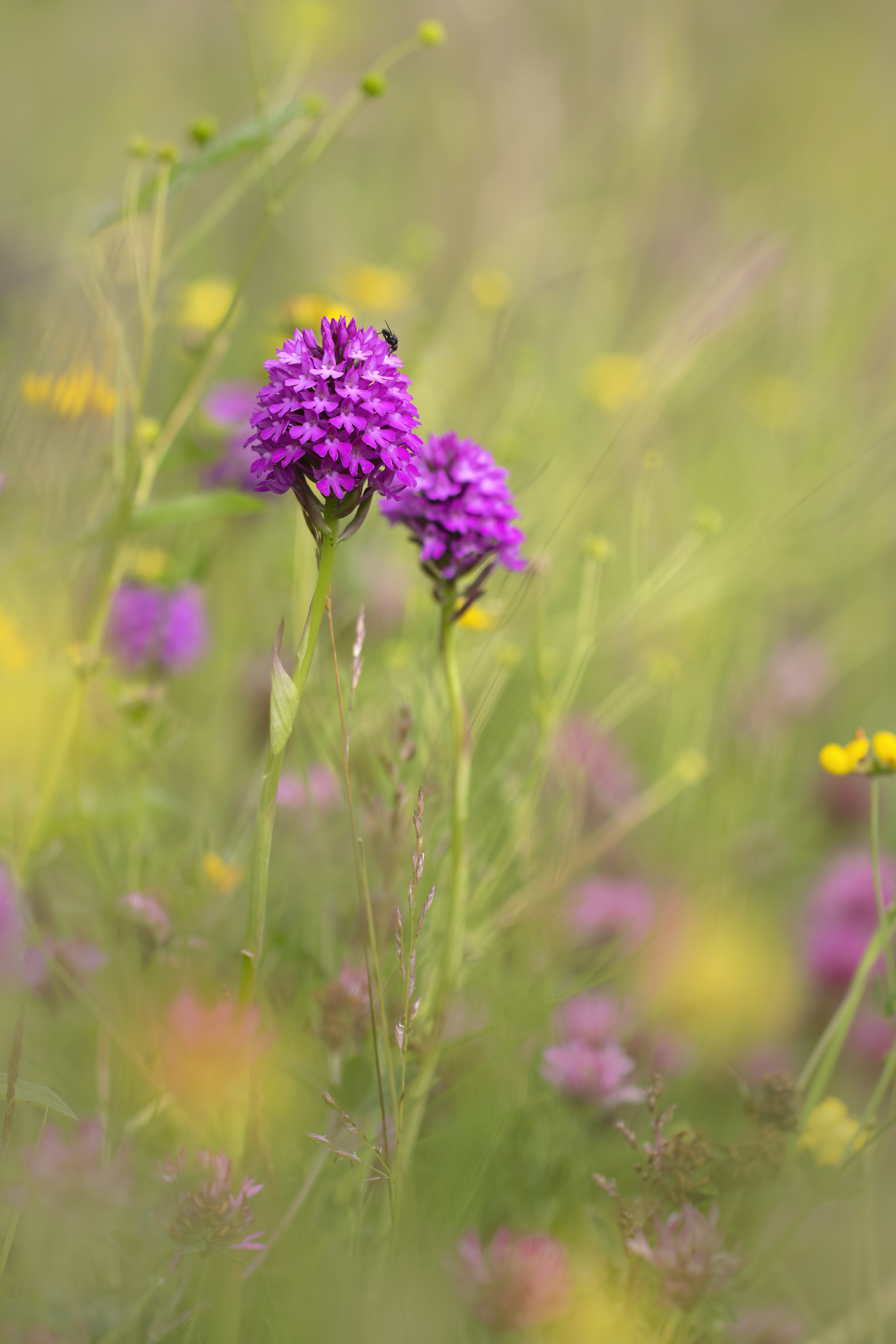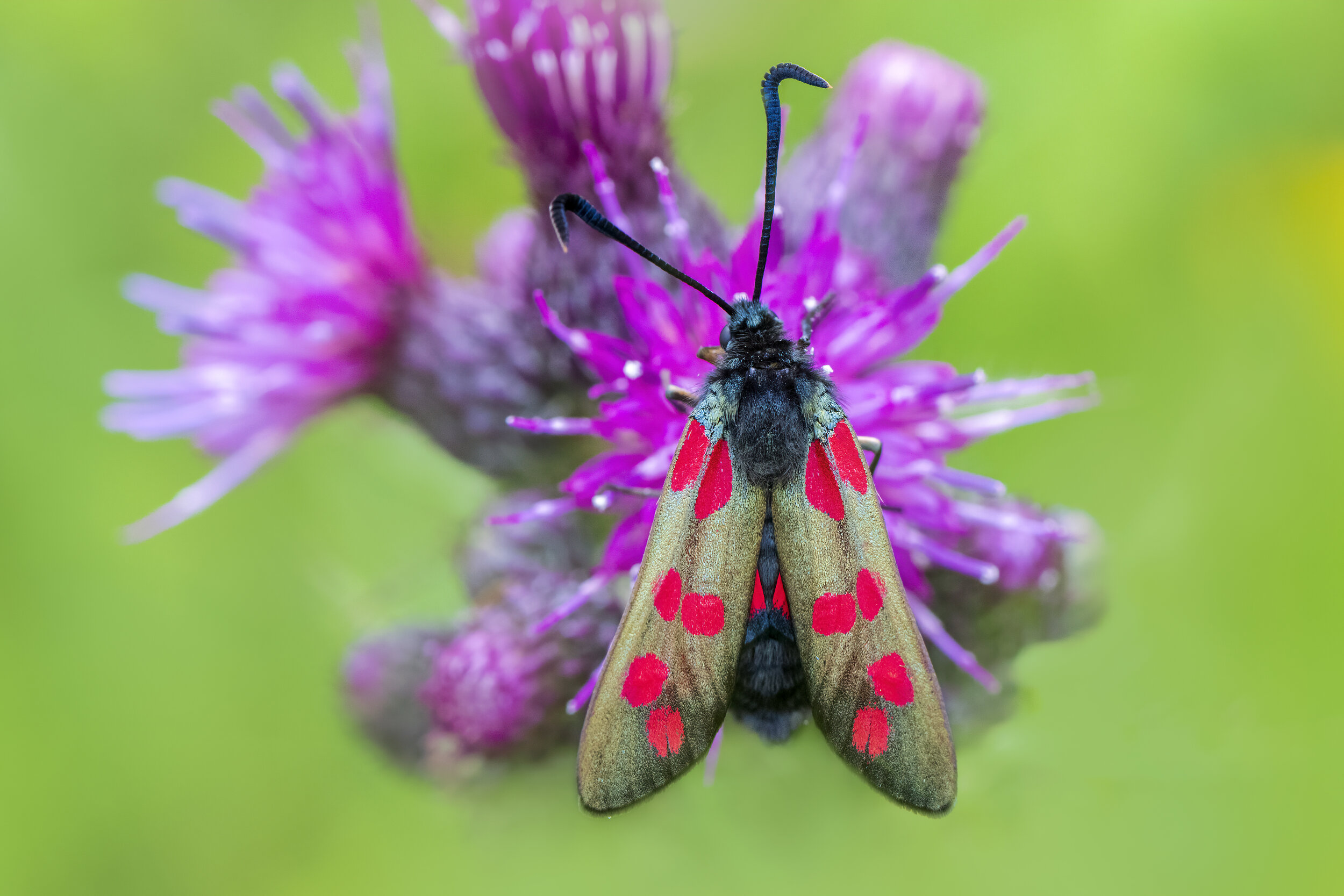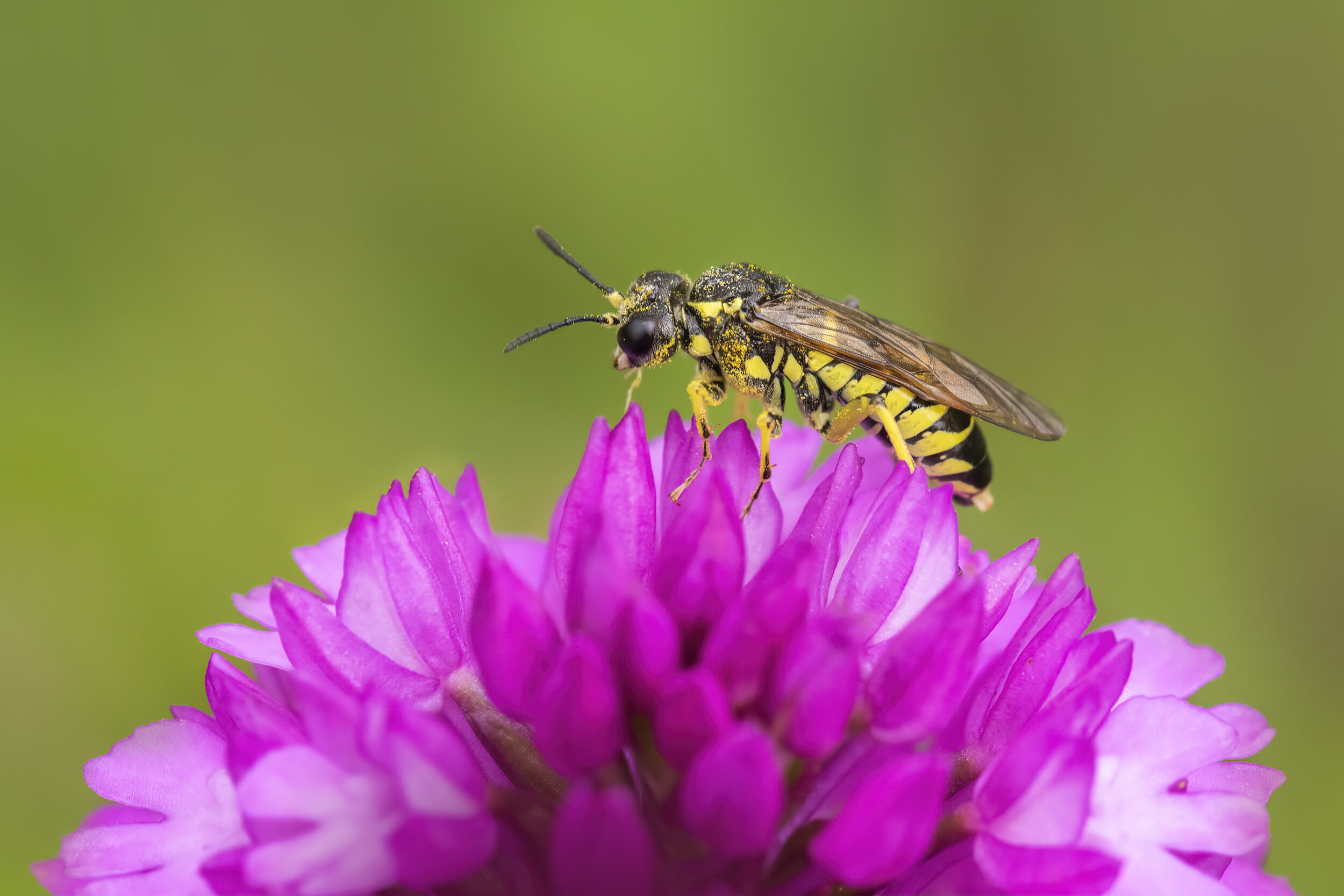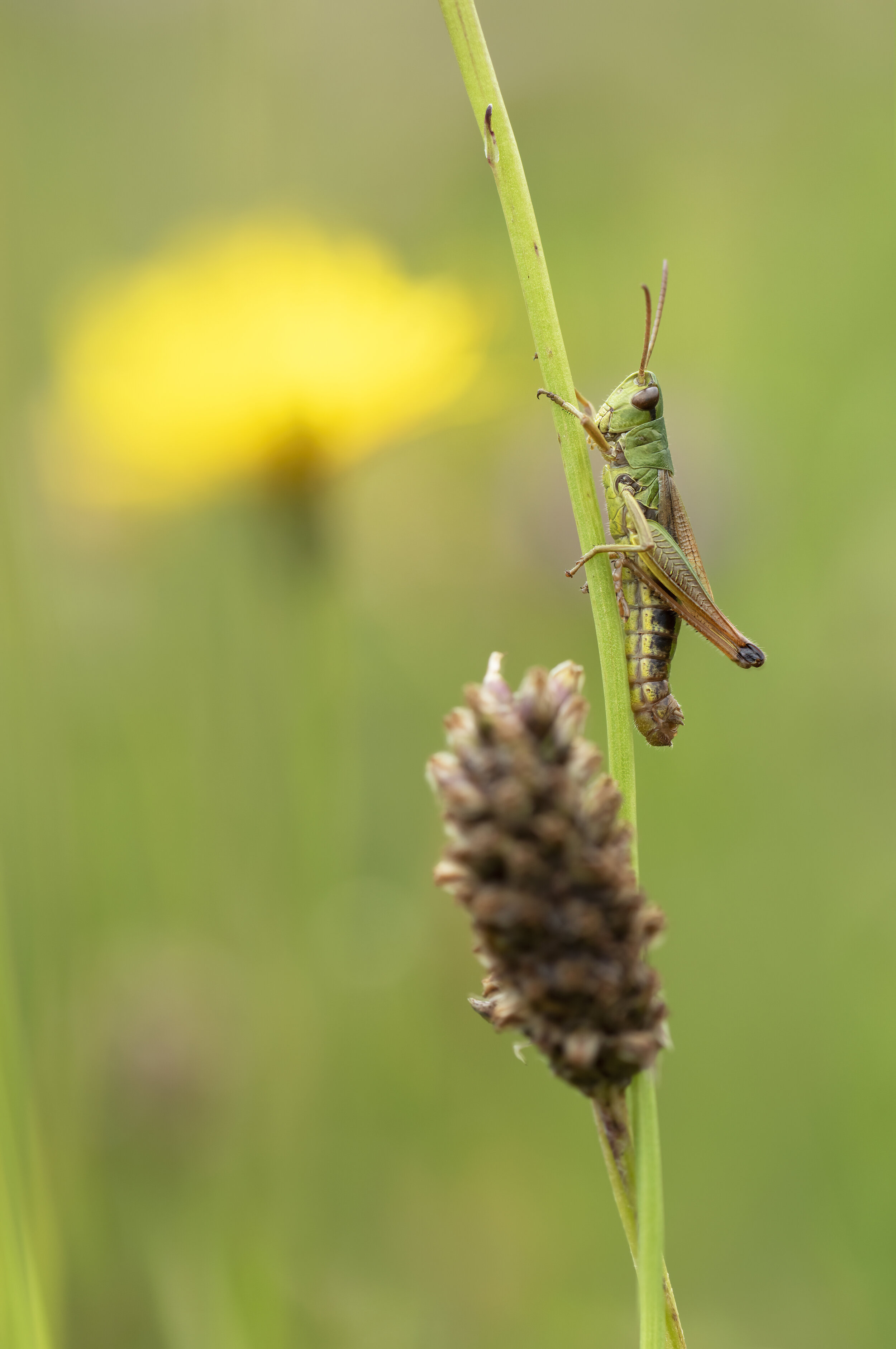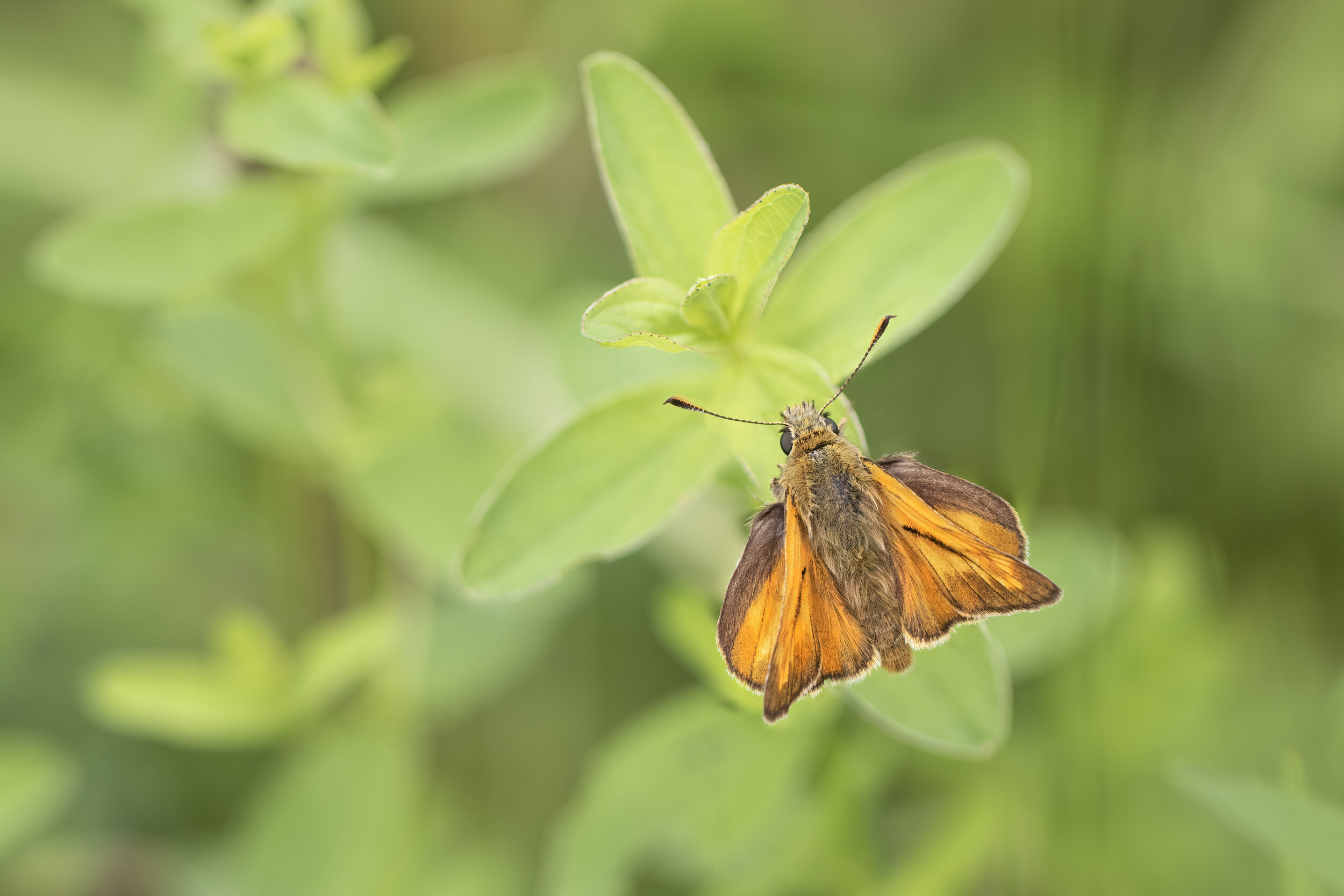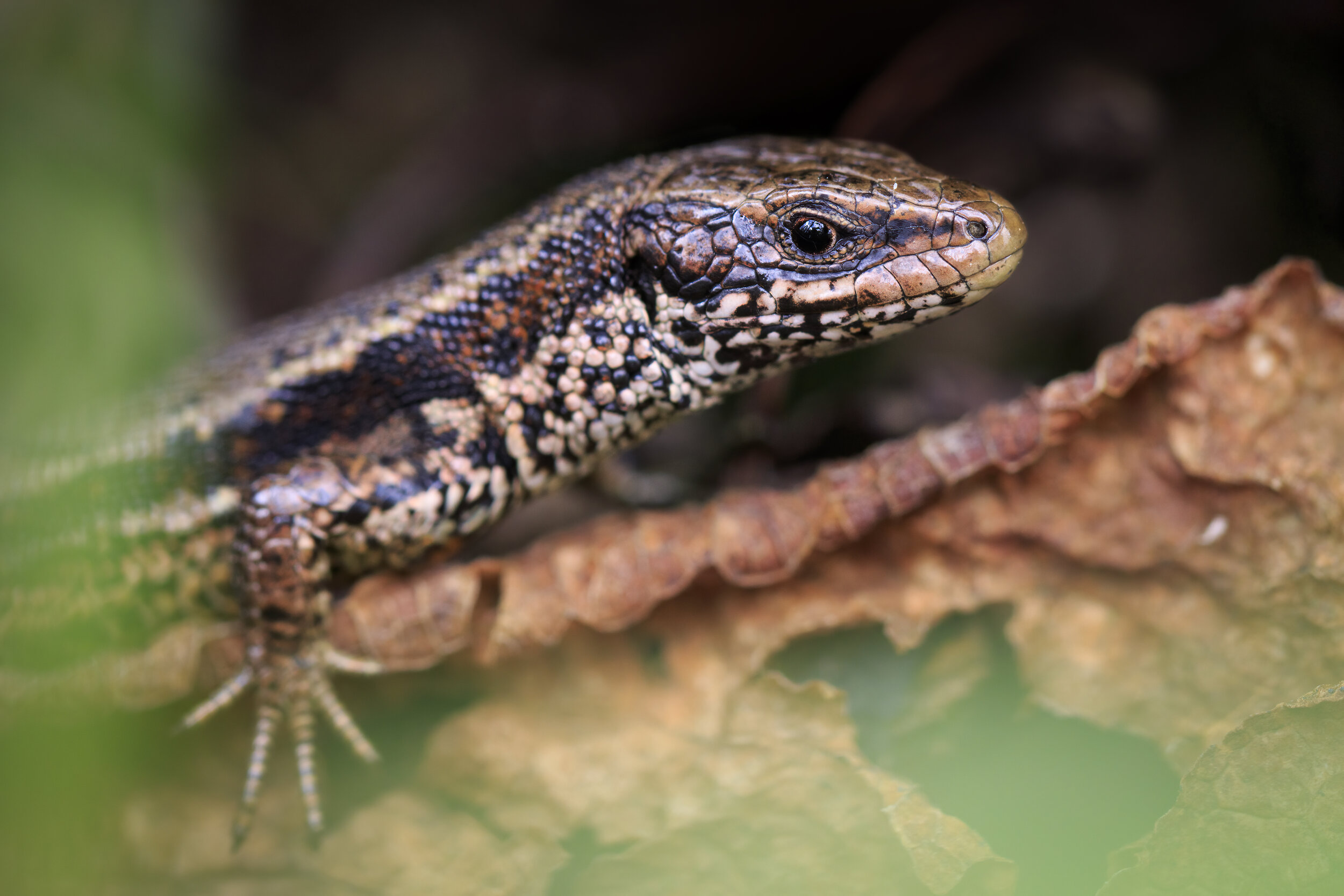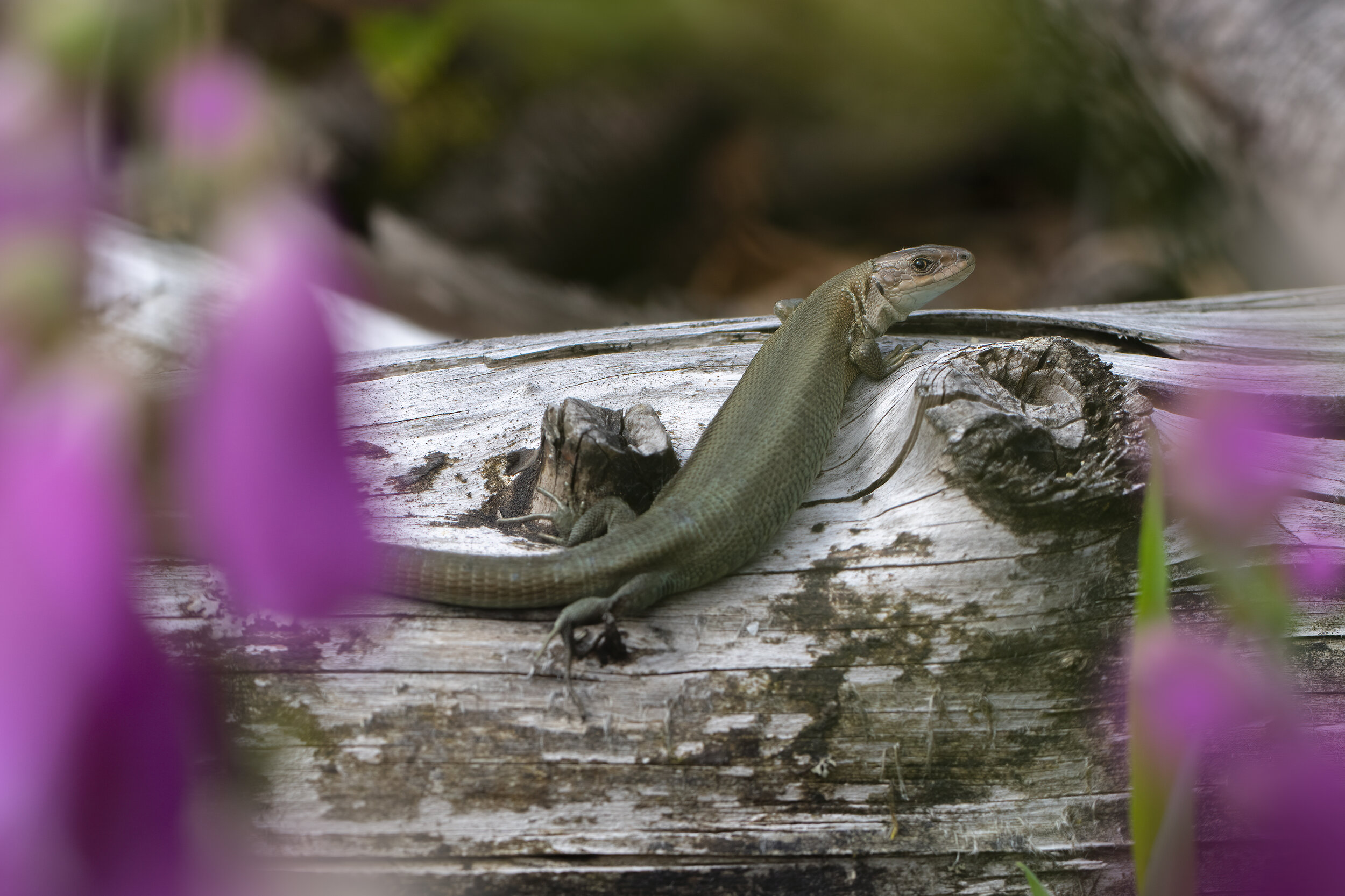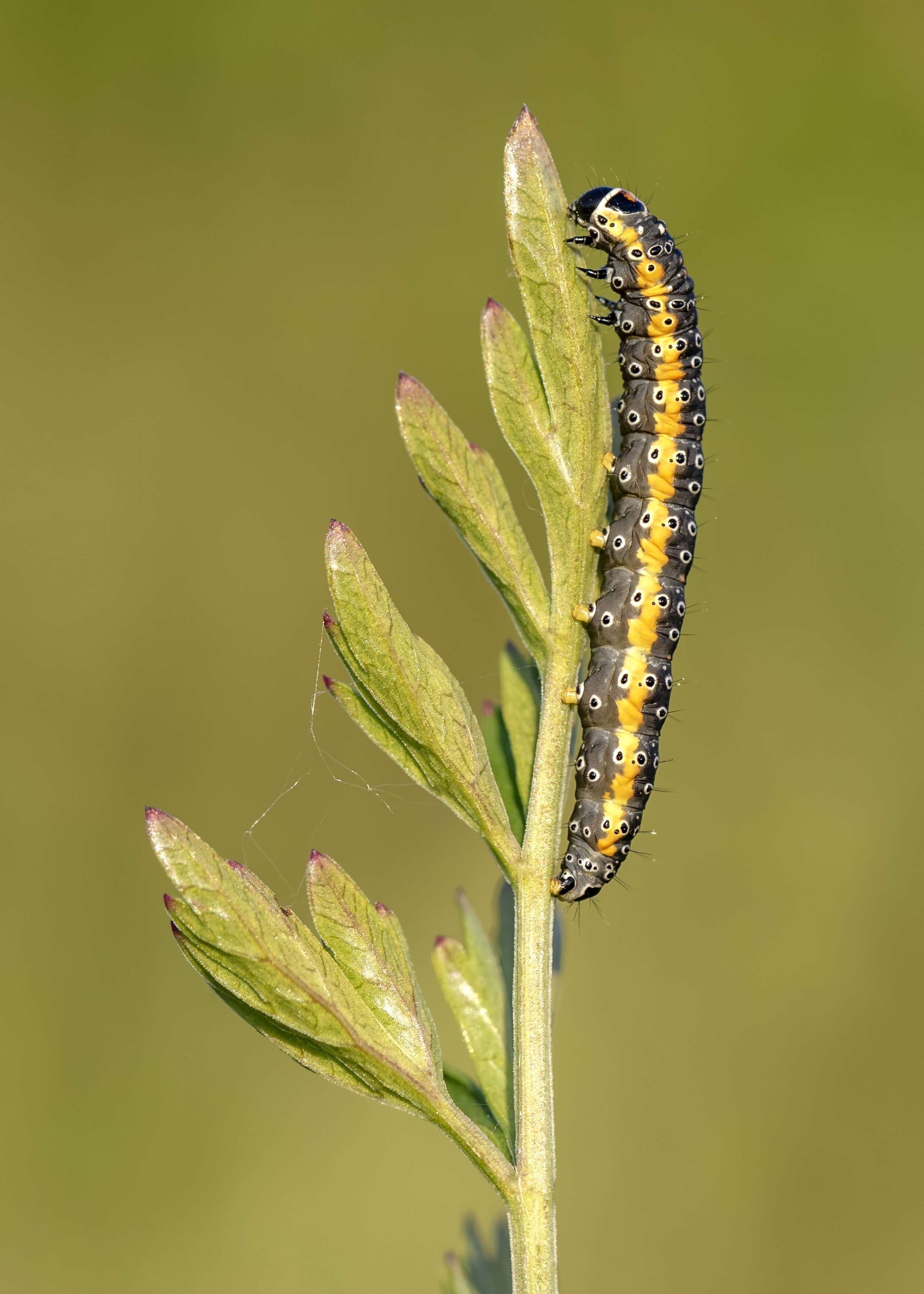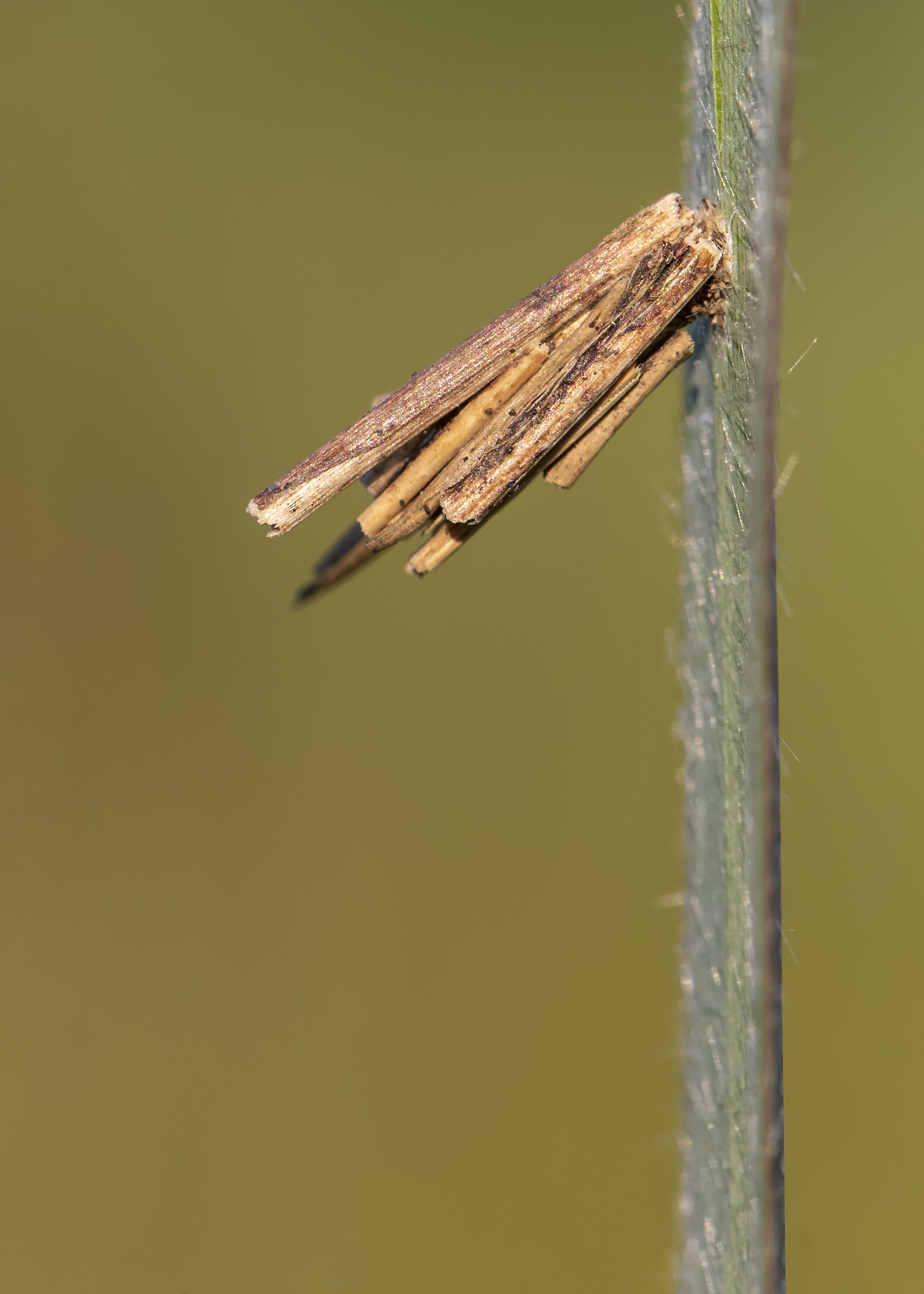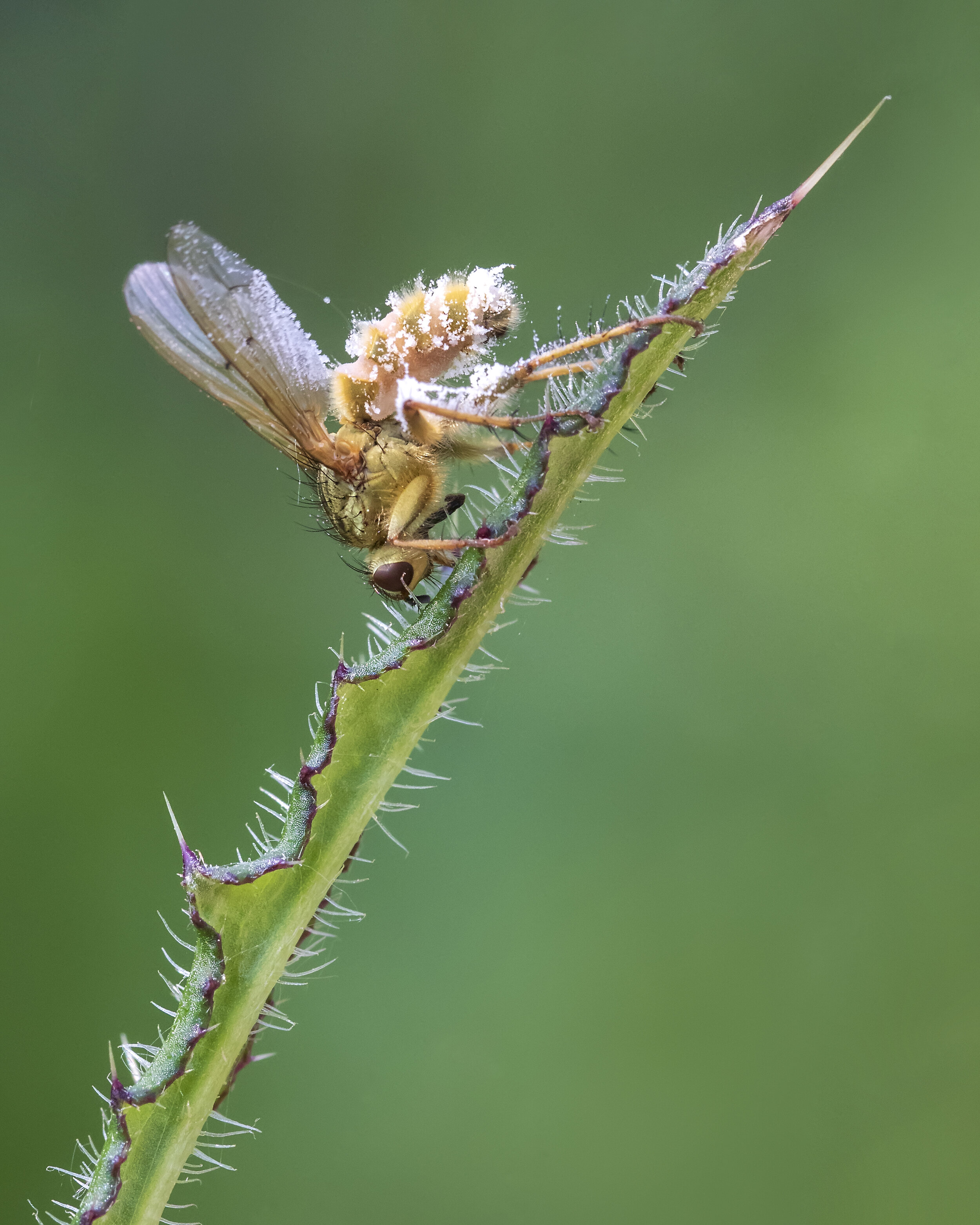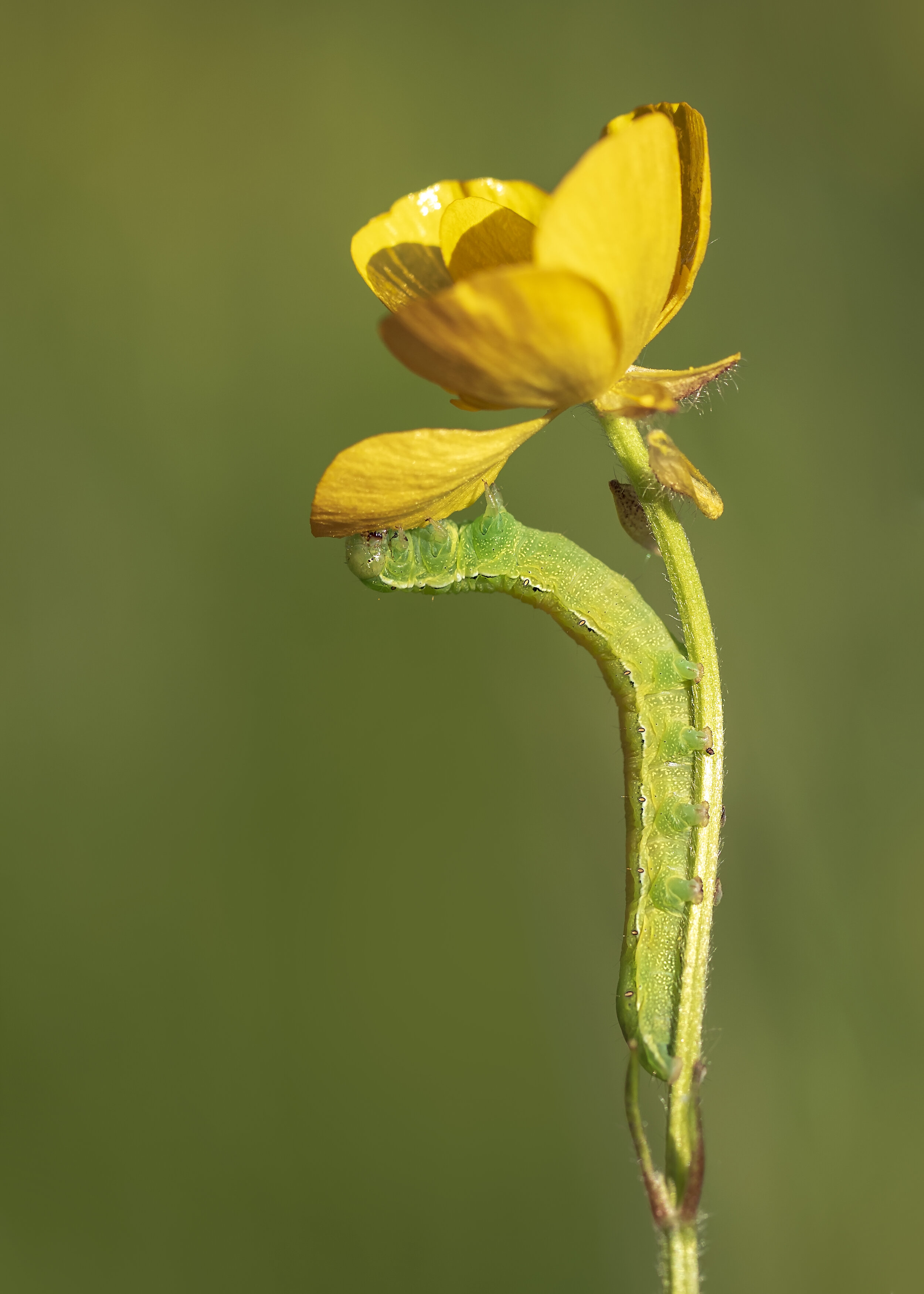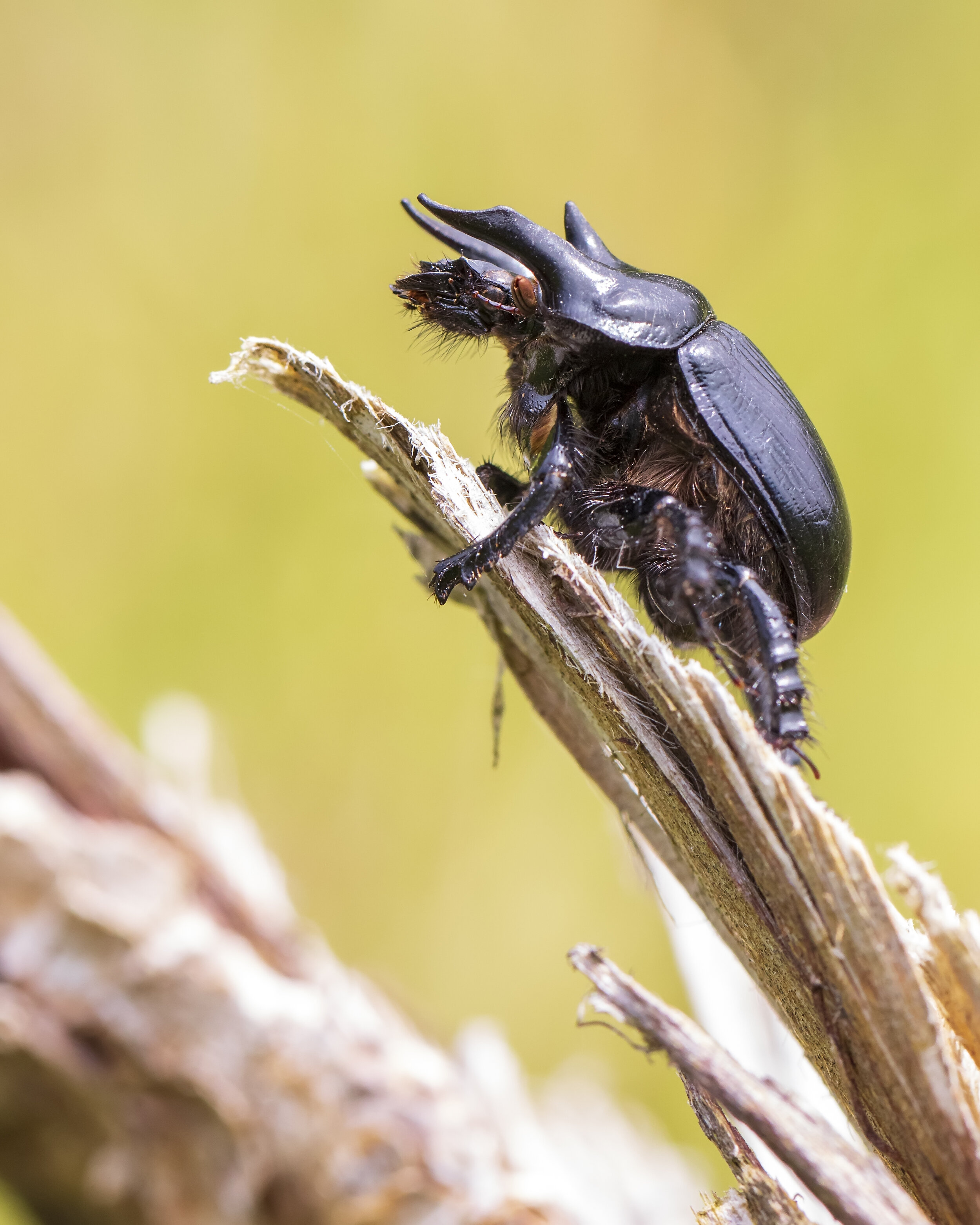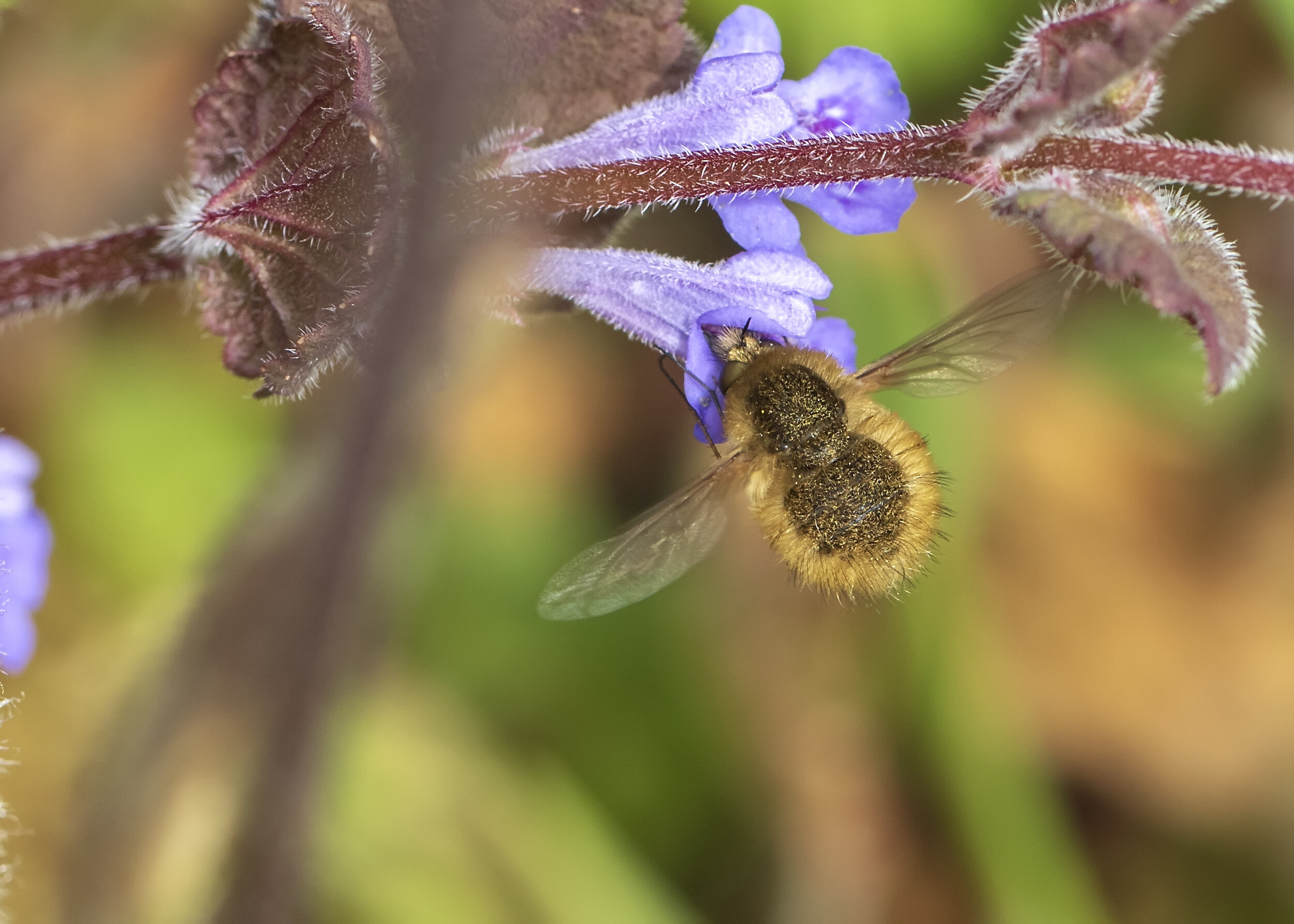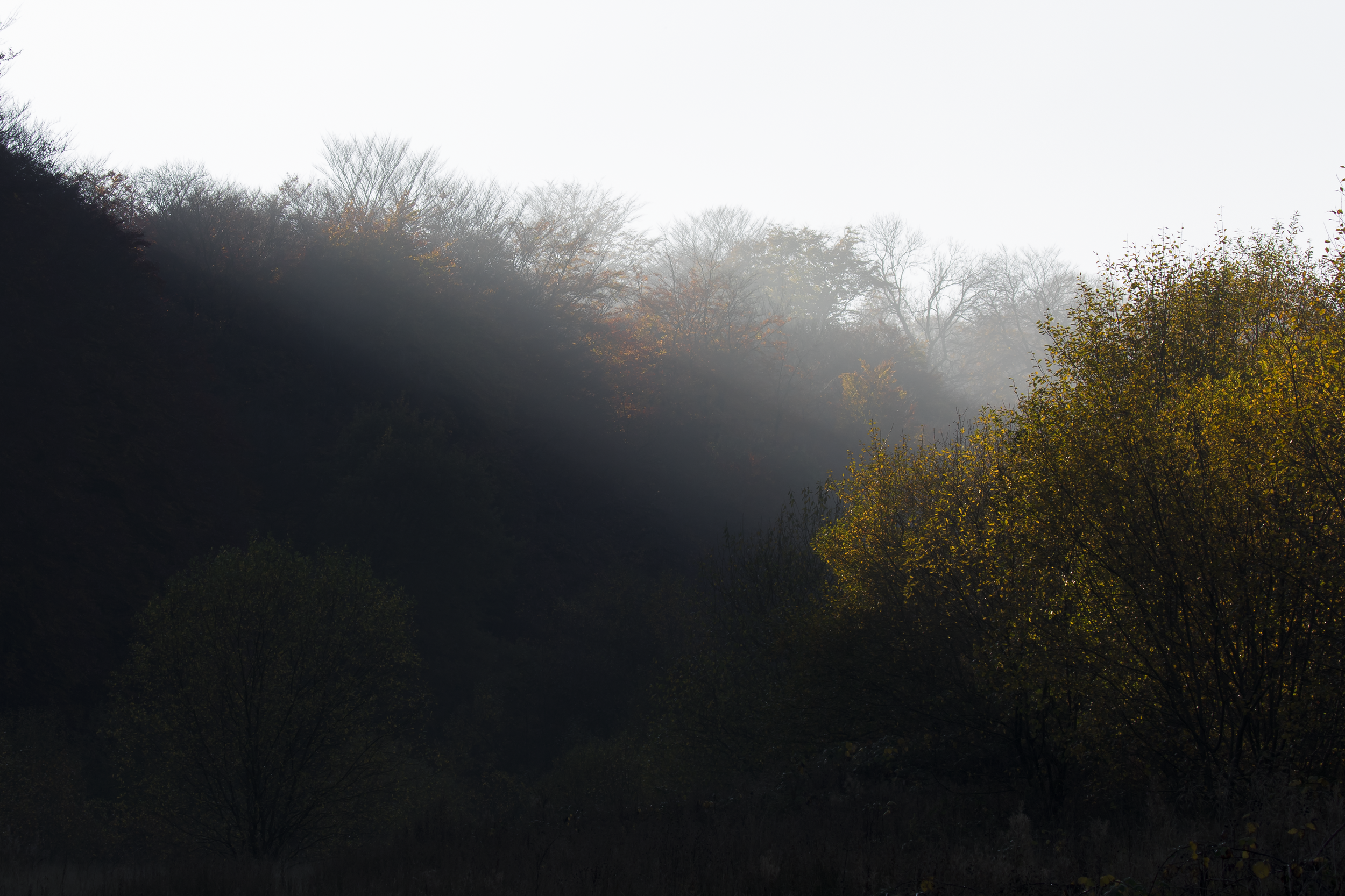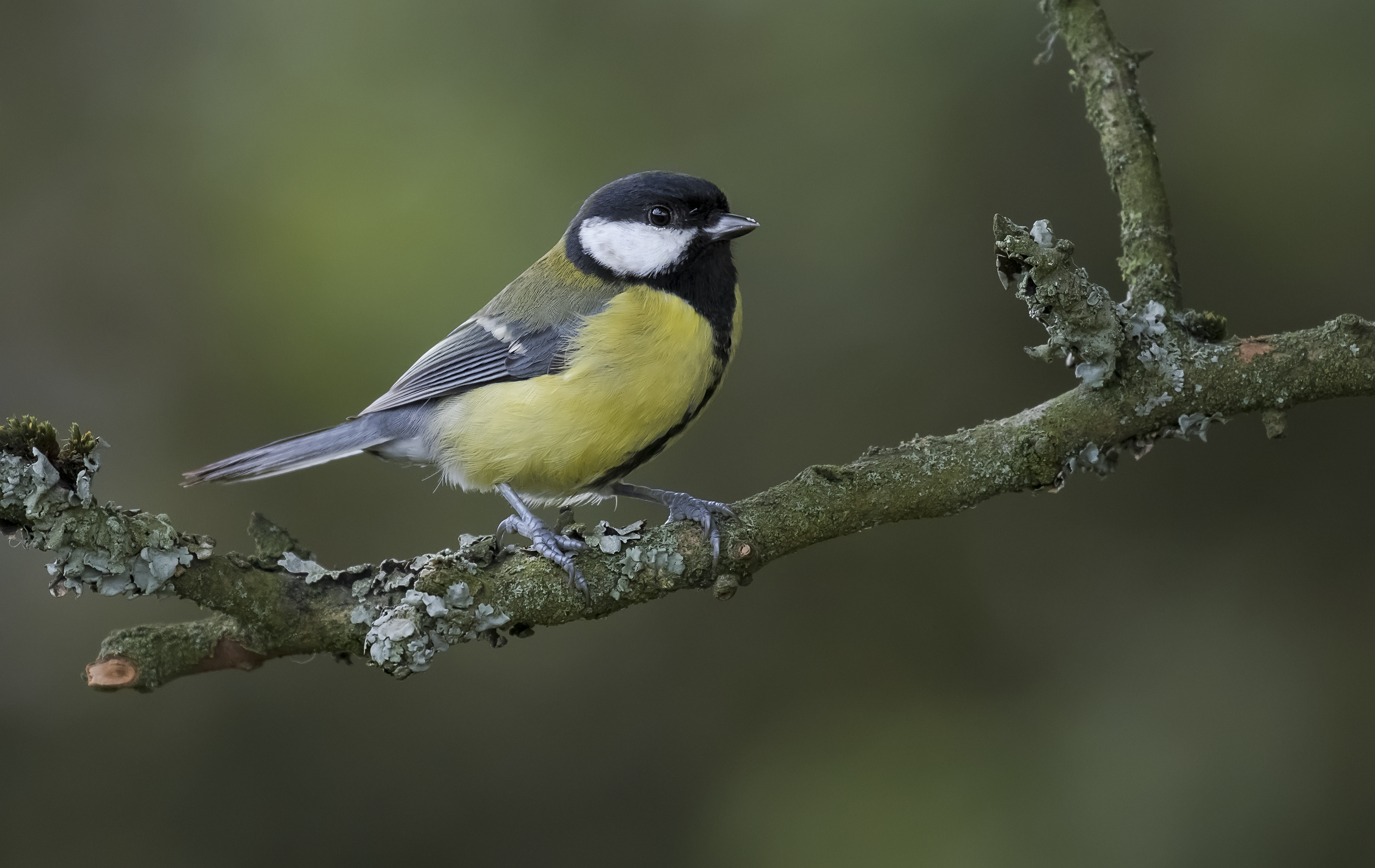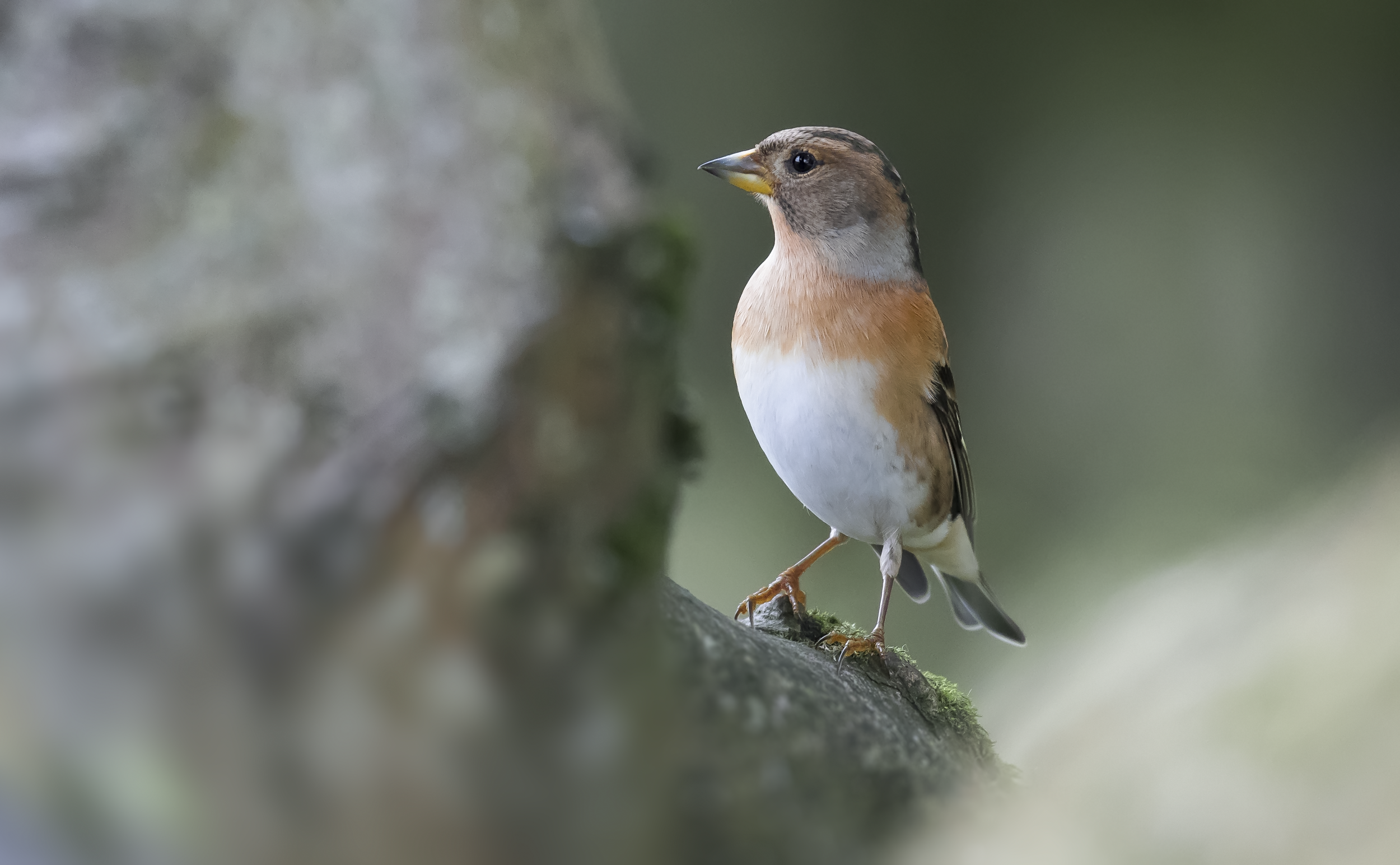Lots to share, lots to talk about as always. Blogging for an entire month is proving to be difficult but I’ll give it a shot!! Below I’ll start with a mixture of photographs from various places, but most of which were taken at Tirpentwys Nature Reserve. Not only did I find Bee Orchids in flower this year but there happens to be a spectacular show of Common Spotted, Southern Marsh (Also hybrids between the two), but also hundreds of Pyramidal Orchids! I’ve never seen such a show before, it’s really worth going to see. At the reserve I also had a Hobby, Crossbill, Greenfinch, Redpoll and a good number of migrating Swifts overhead.
Sound Recording
It’s been a good month for sound recording but things are starting to taper off now. Less and less birds in the dawn chorus already, with some mornings just a lone Song Thrush. It’s just that time of year where most of the breeding birds are done, and only the birds pushing into a second or third clutches are continuing to hold territories. It’s not over yet though and I’ll be lapping up as much of it as I can before the autumn arrives!
For our Nightjar though things have just reached peak, with some birds feeding chicks, others still on eggs, some may not have even laid yet! It’s really been an odd year for Nightjar and as a result, I’ve decided this year to concentrate my efforts on a variety of different locations as my local birds have really not had a good year so far this year and they’ve also chosen to nest quite close to a Goshawk nest so I’m avoiding the area for a number of reasons and visiting only at night.
Ok, kicking this off with a Nightjar recording, one of many this season but by far my favourite, as it shows three different calls, starting with a Male alarm call, which is softer than the female, followed by a stellar performance, and ending with his female flying thru his airspace, which resulted in him restarting the song, just so he could end with his spectacular showboating clapping performance. Then you can hear the lower pitched croak from the female, followed by the higher pitched fluty call of the male. It’s a great reference recording of the variety of sounds that Nightjar can produce.
Almost every night now I’m hearing Tawny Owl chicks and couldn’t resist recording them last night.
Grasshopper season is well underway and I look forward to hearing my first electric Roesel’s Bush Crickets. As usual though, I’ve slowed this recording down so the pitch sits in a more audible range as they can be quite difficult to hear.
The Roesel’s Bush Crickets were at the north end of Llandegfedd, and singing also was a stunning Reed Bunting, which didn’t breed there last year so it was nice to hear him back on territory. Onsite also was a good number of Common Sandpiper, which are just finishing up breeding, so are already starting to move south.
As I said, there isn’t much singing now, but Blackcaps seem to be still giving it a good effort.
I was going to devote an entire blog to this Chaffinch song, as the first three phrases appear to be quite unique, at-least they do to my ears. This was from one of my work places in Swansea, where the entire upland population there, seem to emphasise the middle section of the song, with these defined descending notes, that sound very similar to the tune of a Redwing Song. You can hear three different types of phrases in this performance but it’s the first three that I’m referring to. This tune is very similar to that found in other sub-species of Chaffinch from around the world, so it makes me wonder if this phrase goes way back to a time before the species split, as even the endemic species in the canary islands seem to have this. My local population however, doesn’t have this at all, so it makes me wonder how much of a regional accent is at play here.
Here’s a screenshot of the section I’m referring to. The left phrase shows the descending notes that really have emphasis over the rest of the phrase and the second phrase is the more typical monotone middle trill that I’m used to hearing in my local area.
Nocmig
Nocmig is starting to pick up again! and it kicked off with my first ever Quail! Was a beauty! Since then I’ve had my first Redshank of the post-breeding movement, along with Common Sandpiper, Little Ringed Plover, Oystercatcher and plenty of Moorhen / Coot. Other than that I’ve been getting more and more Swifts moving on ‘morn-mig’ and I intend on upping my game this autumn, as I’ve purchase two second hand ‘Audiomoths’ which are small remote, programable sound devices that are fully waterproof and capable of automaticity recording dusk till dawn, which is perfect for nocturnal migration and due to their small size, it makes them so easy to hide. I also intend on using them to aid my Nightjar research as I can identify new sites by places these devices in key areas, without having to spend multiple nights out in the field to find out for myself. It really increases my chances as you can’t be everywhere at the same time.

